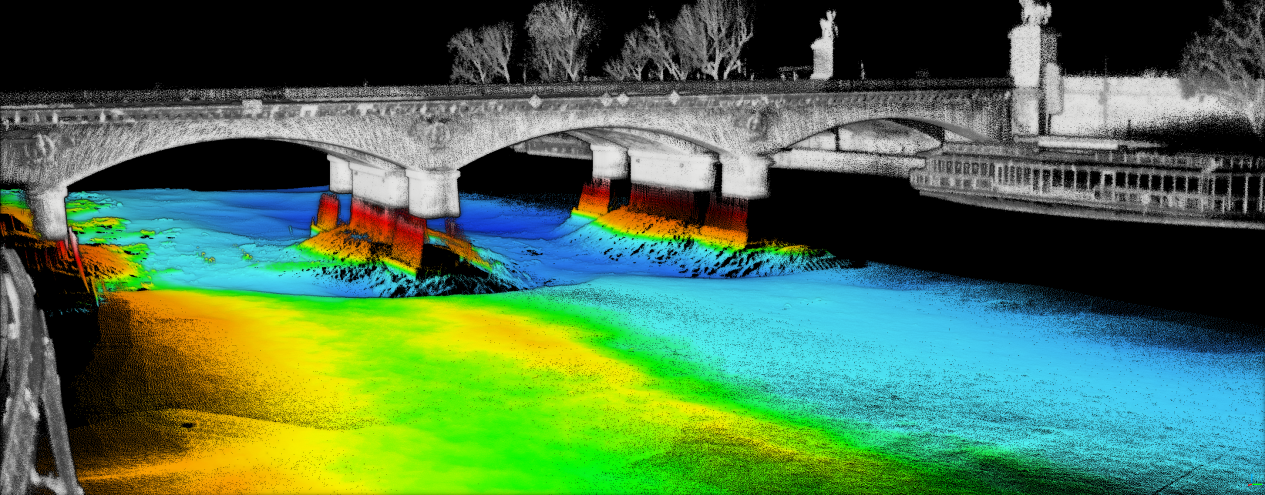Underwater ultrasonic sensors are an important sector of marine research, navigation and inspection of infrastructure, among others, yet their effectiveness is subjected to many environmental and technical variables.
The temperature of the water used also greatly affects the transmission of the ultrasonic signals in hotter waters which travel with higher speed as compared to that of cold waters. Our sensors have options to address temperature compensation whose algorithms automatically calibrate calculations against real-time thermals. Latency is also subject to salinity growth, and must be tailored to specific maritime conditions a step easily accommodated in our high-end sensor designs.
Suspended matter in the form of sediments, planktons, or organic debris tends to disrupt ultrasonic signals in turbid water to a great extent. These particles rebound and absorb the sound waves and weaken the signal and cause echoing losses that corrupt readings. In turbid coastal or industrial offshore areas the scattered waves can be interpreted by the sensors as target reflections and the inaccuracy of range measurement appears. In specific cases, such as subsea surveying, where accuracy of data can be essential to mapping, or inspection of infrastructure, this is especially difficult.
The placement and fixation of sensors is also extremely important. Even minute vibration or motion may distort the readings, and this is the reason that our systems have apply motion stabilization and sophisticated signal processing to establish only true target echoes of a signal to isolate the noise. Another issue is the interference in other acoustic devices acting in the same range and our technology can partially avoid this by using the frequency-hopping technology.
The sensitivity levels are slowly degraded because of maintenance issues such as biofouling or the deterioration of the transducer surface. Our marine-grade materials and anti-fouling coats give it longer maintenance cycles and construction facilitates cleaning or changing component when required through the modular design. When depth and angle of installation were right, the best transmission and reception of signals is guaranteed.
We compensate these variables with a sound hardware design and sound software processing. Our sensors are strictly tested in various marine conditions to ensure their quality usage. To operators requiring fine resolution measurements underwater, appreciation of these effecting factors allows maximum adaptation of intended sensor accuracy relative to our technology, since it offers desired flexibility to various underwater tasks.

